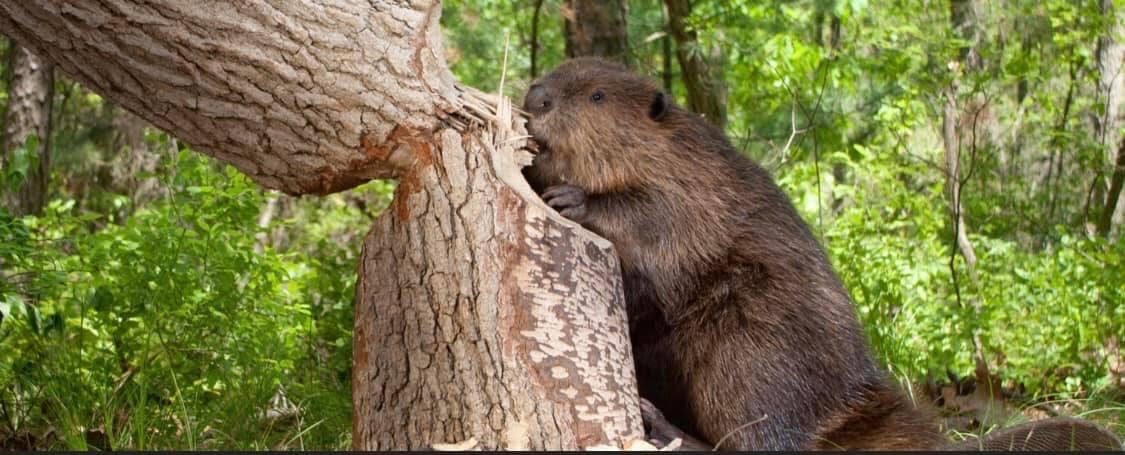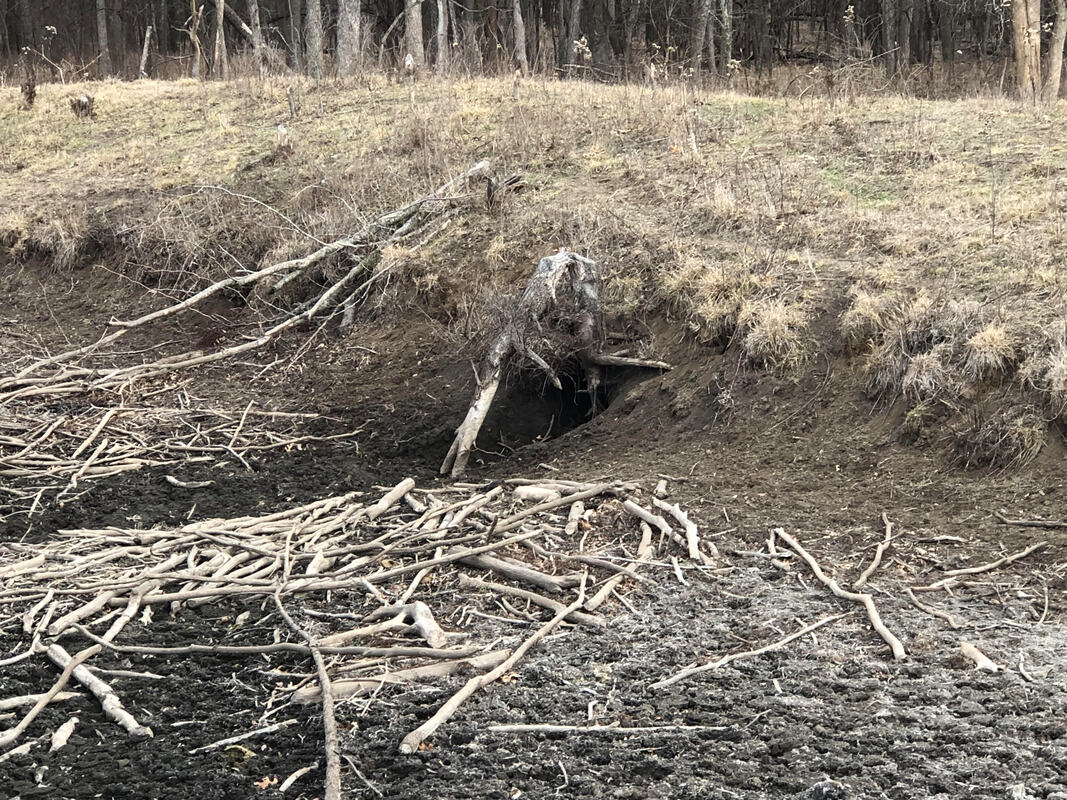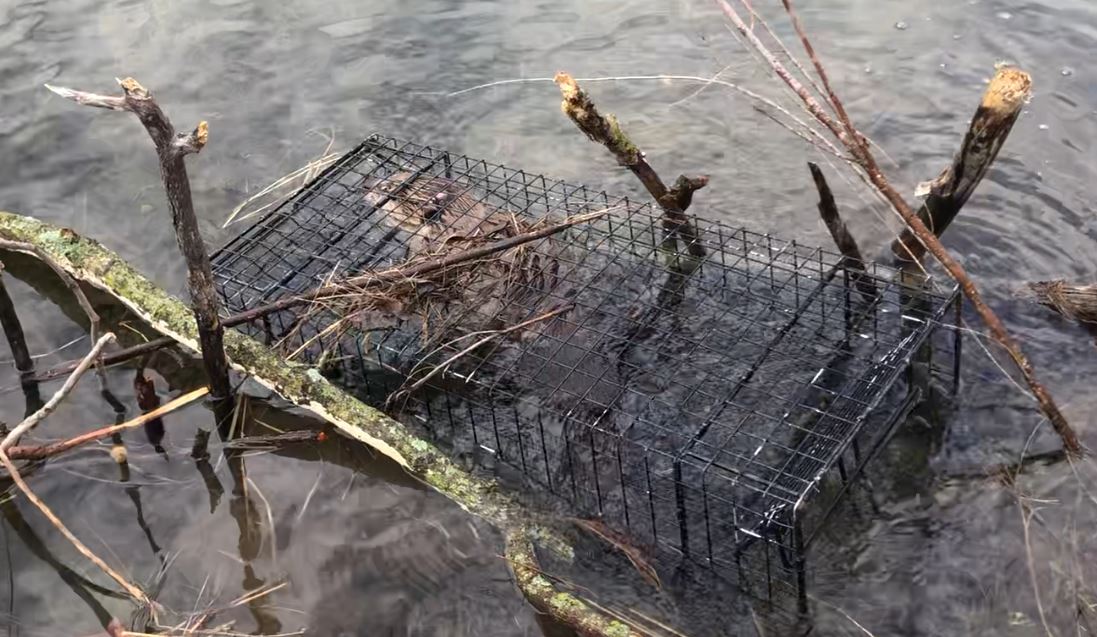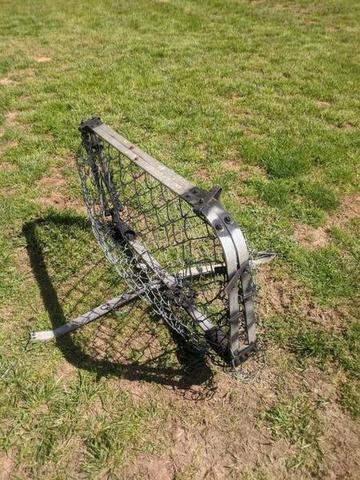|
I am old enough (62) to remember when a #1 Prime Oklahoma beaver pelt brought $60-75 each. Today. a fur trapper would be lucky to sell them for $8 each. Why is this important to a modern suburban homeowner? Because a crash in the price of beaver pelts means that virtually no one traps them for their fur anymore which has led to an explosion in the beaver population. A typical beaver colony consists of one pair of adults; 2-4 of this year's babies, and 2-4 of last year's babies. As the female prepares to give birth to new young, she will run off the two year olds, and they will move into a nearby body of water than doesn't currently have beavers. Every colony evicts 2-4 beavers a year and the number of beaver colonies doubles or more each year. With an exploding population, and less and less wild area for them to expand into, the natural choice for the beavers to set up housekeeping is suburban waterways, decorative ponds, and golf course water traps. No animal, other than man, modifies its environment as much as beavers. They cut down trees to eat the layer under the bark, and to provide sticks and logs to build dams. They will cut trees all fall and jam the sticks in the mud underwater to keep them fresh for winter feed. They dam up creeks and drainage ditches, flooding homes and crop land. They can do thousands of dollars in damage to ornamental trees and landscaping in just a few days. In the northern states, beavers build the classic beaver lodge out in the water. but I have only encountered this type of lodge twice in Oklahoma. Far more common is the highly destructive bank den. With a bank den, the beavers burrow into a high bank, or most usually, the dam of a pond. Here they can build an elaborate series of chambers and tunnels. Too often the tunnels collapse, or blow out the back of the pond dam dropping the water level and necessitating thousands of dollars in repairs to the dam. Cattle, horses, and people have been known to break through the surface over the top of a tunnel only to fall in and break their leg. Here are a couple of pictures showing the den entrance after the dam had been breached by the beavers and the water drained. With no natural predators, it is essential that humans control the beaver population. In rural areas, lethal traps are the rule, but in urban and suburban areas where children and pets are ubiquitous, lethal traps are out of the question. Any trap that will instantly kill, or drown. a 70 lb beaver cannot be used anywhere that children or pets might encounter them. Predator Impact has developed a protocol for trapping beavers in urban and suburban areas using several different types of live traps. These traps are designed to simply contain the beaver unharmed and should a child or a pet get into the trap, there would be minimal or no damage. The first type of live trap that we will discuss is the Koro, or Hancock style trap. This trap is ideal anywhere there is a sloping bank into the water. The Koro Trap is placed half in and half out of the water. The trap is baited with freshly cut sticks, the beaver's favorite treat. When the beaver climbs up on the trap to get the sticks, the trap is triggered and he is caught. The second trap option in Predator Impact's tool kit is the Comstock Cage trap. The Comstock is ideal for den entrances, runways, or anywhere else that beaver will be passing through. They can also be drawn into the trap using food or scent lure. The Comstock Beaver trap is a very well made trap with powerful springs on the door and positive locking mechanisms that assure that the beaver will not escape. The third live trap option is the Bailey Beaver trap. The Bailey is a true suitcase type trap and is ideal for shallow water with flat bottoms. Both sides and the trigger mechanism are all under water. When the beaver triggers the trap, both sides swing up enclosing the beaver harmlessly between them. Regardless of the situation, Predator Impact has the right tools to solve your beaver problem safely and effectively. Contact Predator Impact to discuss your beaver issue. Consultations are always free and there is no obligation. Predator Impact. LLC (918) 397-4091
0 Comments
Leave a Reply. |
AuthorMark Runnels is a professional engineer and owner of Predator Impact, LLC. Archives
May 2024
Categories |


















 RSS Feed
RSS Feed